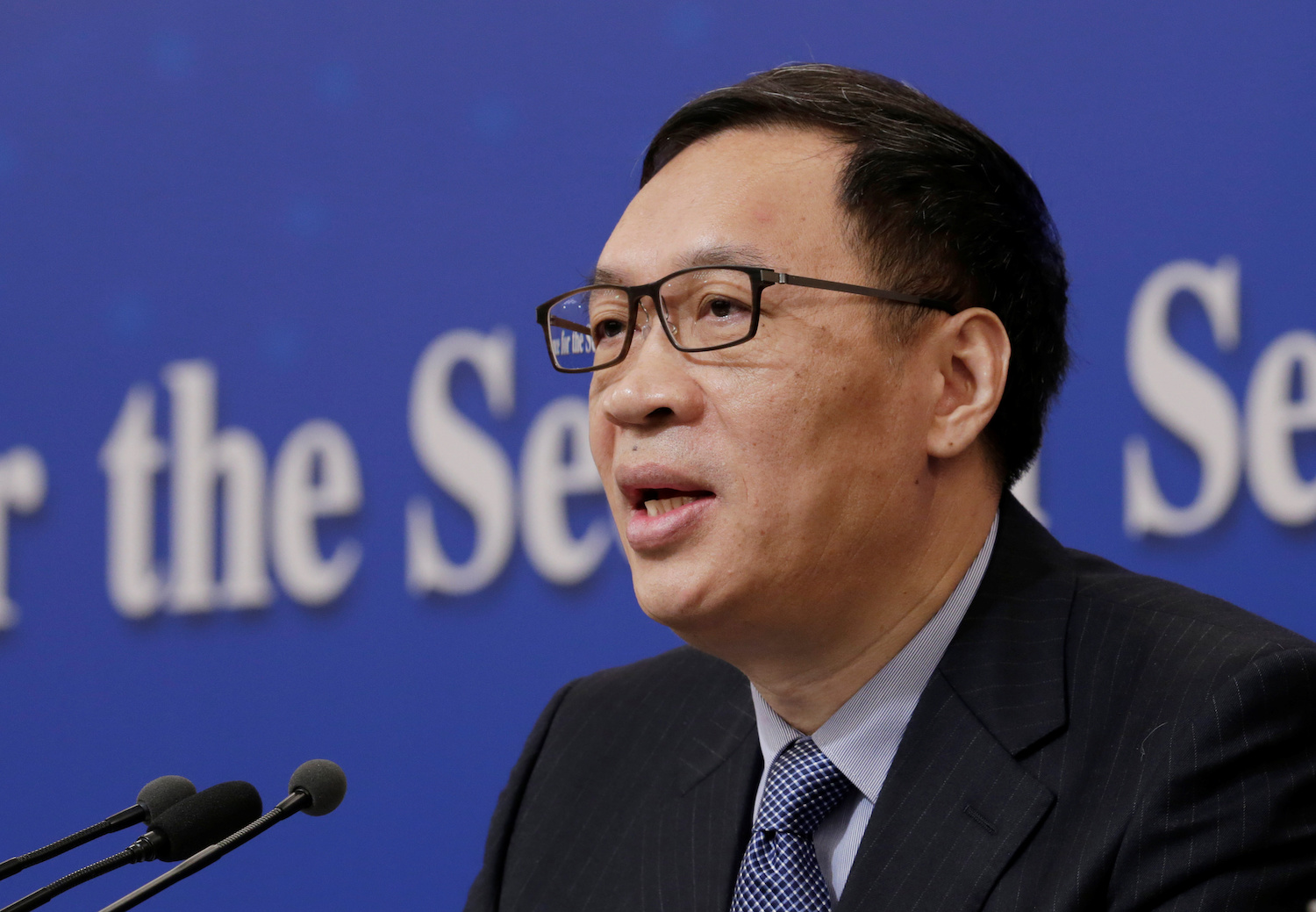(ATF) As the LIBOR – to which an estimated $300 trillion of securities are benchmarked – prepares to ride into the sunset, the PBoC and central banks around the world are busy proffering substitutes.
Alternatives such as the SOFR (Secured Overnight Financing Rate), ?STR (Euro Short-Term Rate), SARON (Swiss Average Rate Overnight), and TONAR (Tokyo Overnight Average Rate) are already in the market and the People’s Bank of China (PBOC) has added DR007, also known as DREPO in the markets, to the list.
While it has been around since 2016, and its fixings launched in 2017, the Chinese central bank has recently intensified promotion of it as the benchmark.
LIBOR – widely known as the world’s most important number – is a set of benchmark interest rates that indicate wholesale, unsecured borrowing cost of funds for specific periods in particular currencies for contributing banks. Benchmarks like SARON, SOFR and China’s DR007 are all based on transaction data, unlike LIBOR which relies on “trader’s judgement” and therefore tend to be more transparent.
Alicia Garcia-Herrero, chief Asia Pacific economist at Natixis, said: “In a nutshell, the PBoC wants to build a rates system based on DR. It seems that the SHIBOR [Shanghai InterBank Offered Rate] might share the same issue as LIBOR. As the world’s central banks have launched a new system to replace LIBOR, the PBoC also wants to make better use of the DR. Different from SHIBOR, which is a quote, DR is the realised interest rate,” she said, explaining China’s preference for DR over SHIBOR.
Last year, Britain’s Serious Fraud Office closed a seven-year Libor rigging probe, an inquiry into the manipulation of the benchmark from 2007-09 that resulted in huge fines handed out to 11 major banks and convictions meted out to five bankers.
It was announced that at the end of 2021, the Financial Conduct Authority (FCA) would no longer require contributing banks to submit quotes for LIBOR, indicating that reliance on LIBOR could no longer be assured beyond this date.
LIBOR is currently produced in seven tenors across five currencies and based on submissions provided by a panel of 20 banks.
The PBOC has also laid out a roadmap and earlier this week published a white paper on participating in the reform of international benchmark interest rates and improving China’s benchmark interest rate system.
It said: “China has a clear first-mover advantage in cultivating benchmark interest rates based on actual transactions. Since the beginning of the establishment of the inter-bank market in China, benchmark interest rates such as bond repurchase rates based on actual transactions have been cultivated, which have good benchmarking and credibility, and have been more than 20 years old.
“Through innovation and expansion of the use of DR in financial products such as floating-rate bonds and floating-rate interbank certificates of deposit, it will become China’s monetary policy. A key reference indicator for regulation and financial market pricing.”
Although China is a newcomer to the international benchmark interest rate system, its focus on credibility, authority and tradability of the benchmark has resulted in a smoothly functioning repo, treasury and derivatives markets in the past decade.
Jinguang Shen, chief economist of JD Digits, said: “By building the benchmark interest rates on real transactions of repos, bonds and derivatives, the rates are difficult to manipulate and command high authority and credibility; in addition, the high trading volume ensures the tradability of benchmark rates, which are essential to hedging and risk management needs of financial institutions.”
Jason Tan, a banking analyst with CreditSights, said the newly elevated status of the DR was similar to what financial authorities of large and developed economies around the world are doing in preparation for the phase-out of the LIBOR.
“That said, it is not quite clear how adding one more benchmark interest rate to the alphabet soup of interest rate acronyms will significantly aid the PBoC in achieving its stated objectives,” he said.
Indeed, China has a multitude of interest rates and authorities have been pushing for a reduction in numbers.
“It has been using multiple interest rates and policy tools, including the RRR, SLF, MLF, Short-term Liquidity Operations (SLO) and Pledged Supplementary Lending (PSL), to affect liquidity at its discretion. There is no consistency for when to use which facility. This erodes the policy-signalling function of the corridor framework,” said Chi Lo, BNP Paribas Asset Management Senior Economist.
At the Fourth Plenary Session of the 19th CPC Central Committee held last year, it was proposed to improve the benchmark interest rate and market-based interest rate system as Beijing pushed to modernise governance.
“Improving the benchmark interest rate system is not only the key to the construction of the financial market, but also an important part of deepening the reform of interest rate marketisation. It is of great significance for improving the monetary policy control and transmission mechanism,” PBOC said.
And increasingly there would be little use for using the currency route to influence monetary policy.
“This policy shift is more towards an interest rate-based monetary policy, similar to some other major central banks such as the Fed. Another more specific implication is a move towards a more flexible exchange rate (with limits) and therefore focusing more control on interest rates by the PBoC and less on the renminbi,” André de Silva, Global Head of EM Rates Research at HSBC, said.
But challenges remain because of the tenor differences.
“The key issue for using DR as a baseline rate is that the DR market is focused on the short-term market, and the size of the long-term market is relatively small. It is thus not easy to use it to price long-term debt at the current moment,” Natixis’ Garcia-Herrero said.






















